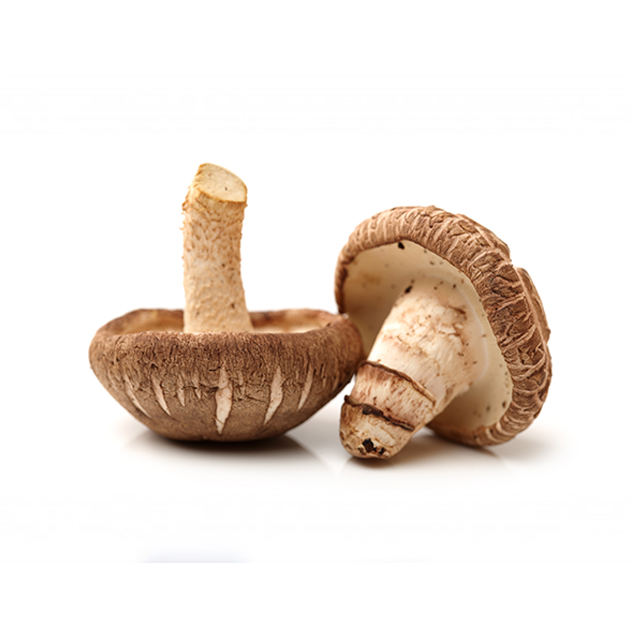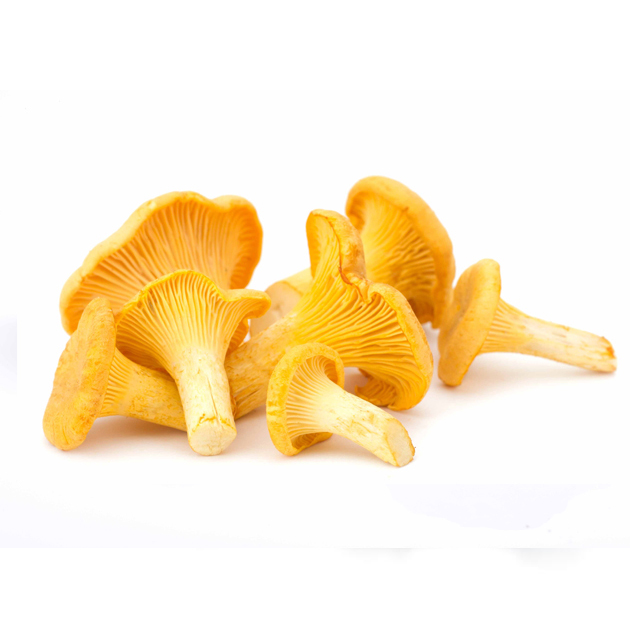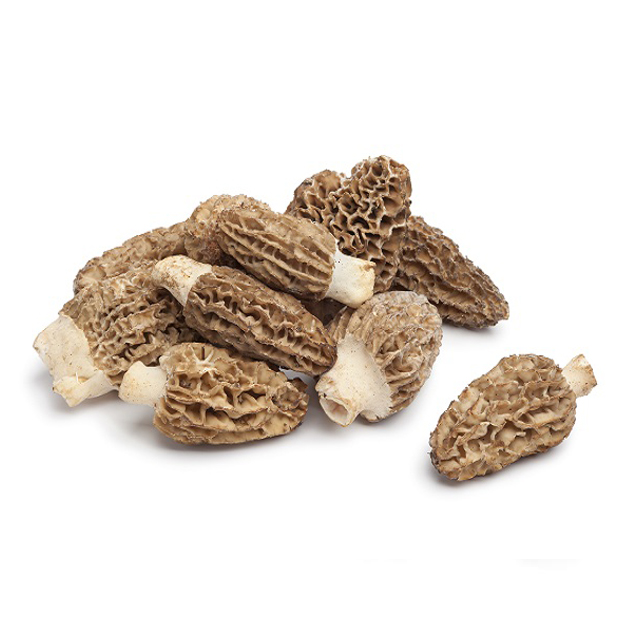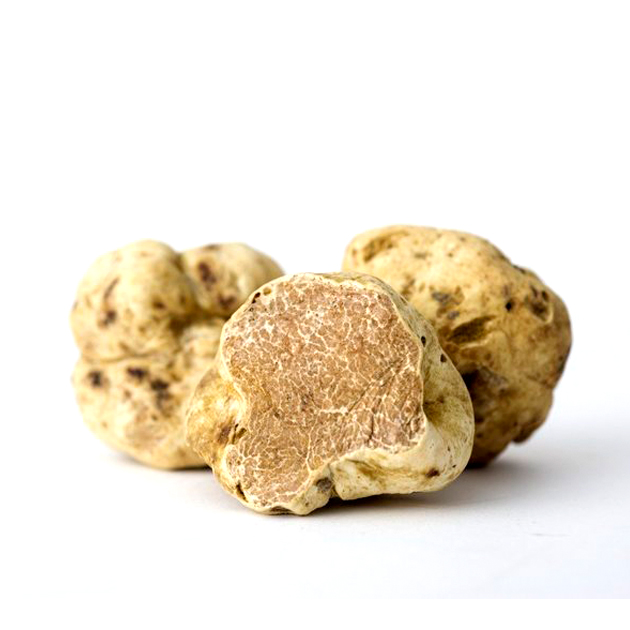White Button
Local, Oman
The classic all rounder, white button mushrooms are available all year round. The smooth white caps are rounded, firm, and spongy with an edible short dense white stem. One of the most cultivated varieties, they are closely related to swiss brown (cremini) mushroom and portobello, with the only difference being colour and age. When raw, they are mild with a crisp texture, and when cooked, they develop an earthy flavour with a tender, chewy texture.





















